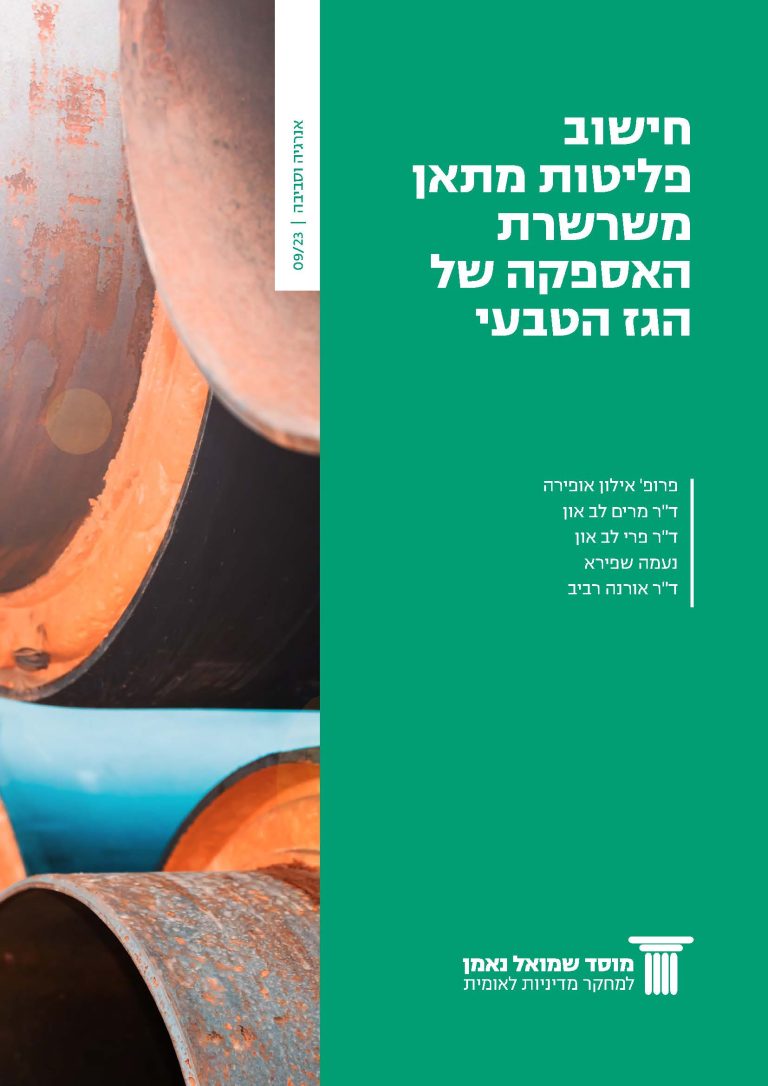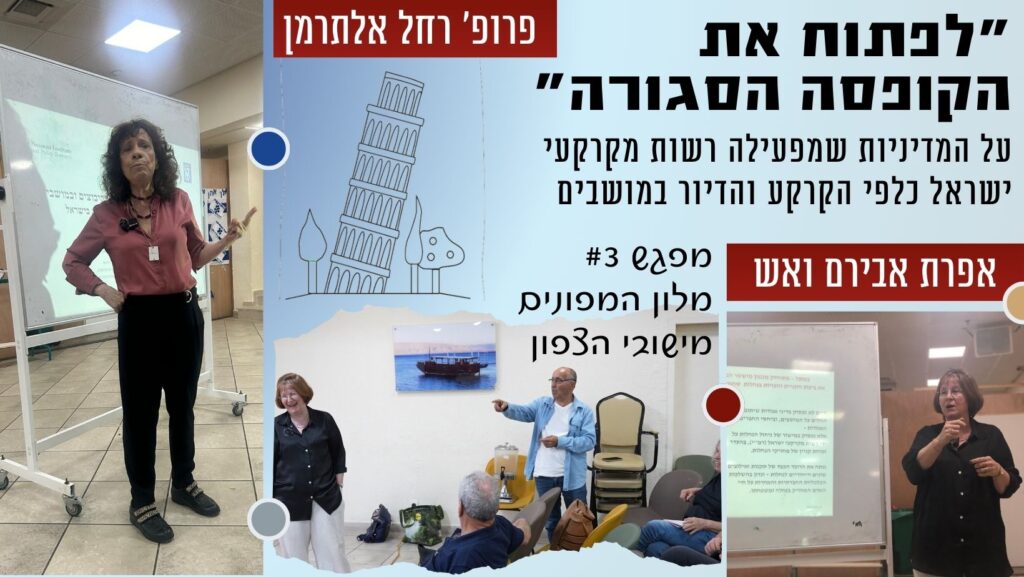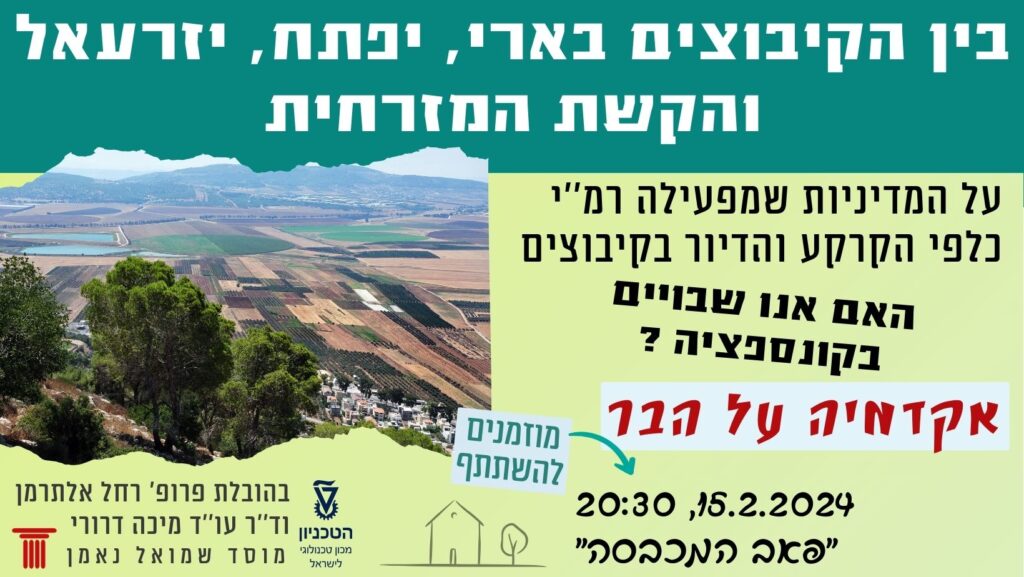גז המתאן, המרכיב העיקרי של הגז הטבעי, הינו גז החממה השני בהיקף השפעתו על פליטות גזי החממה העולמיות ממקורות אנתרופוגניים, אחרי הפחמן הדו חמצני, ובו מתמקדים כיום (יחד עם עוד גזי חממה קצרי-חיים) המאמצים לצמצום ההתחממות הגלובלית של האטמוספרה. המתאן, כתורם לאפקט החממה, מאופיין במקדם פוטנציאל התחממות גלובלית (GWP) של מעל לפי 25 בהשוואה לפחמן דו חמצני לטווח של 100 שנים.
על מנת שישראל תוכל להעריך נכונה את התועלות של השימוש בגז הטבעי, להפחית את מצאי הפליטות השנתי של גזי חממה, ולעמוד בהתחייבויותיה הבין-לאומיות להפחתת פליטות גזי חממה, יש חשיבות רבה להערכה מקצועית של היקף הפליטות משרשרת אספקת הגז הטבעי בישראל.
מטרת עבודה זו הינה חישוב פליטות המתאן מתעשיית הגז הטבעי בישראל מקצה לקצה, כולל הפקה, עיבוד, הולכה, חלוקה ומשתמשי קצה, ובתוך כך, הערכת מידע ונתונים קיימים ביחס למתודולוגיה המיטבית, והגדרה של נתונים נוספים הנחוצים ואופן האיסוף שלהם.
מקובל לייחס פליטות ממערכות גז לשלוש קטגוריות:
- פליטות לא מוקדיות – כולל דליפות מרכיבי ציוד, אידוי, שרפת גז בלפידים או נישוב כתוצאה מתהליך מבוקר;
- פליטות כתוצאה משרפת דלקים – פליטות מתאן הנגרמות עקב בעירה לא מושלמת בעת שרפת דלקים (גז טבעי, אך גם סולר, או דלקים אחרים) לשם הפקת אנרגיה במתקנים נייחים הנחוצים להפעלת האתרים;
- ופליטות כתוצאה מתקלות.
ההנחיות לכימות פליטות גזי חממה עבור מצאיי פליטות לאומיים (national greenhouse gas inventories) אומצו על ידי הפאנל הבין-ממשלתי לשינויי האקלים (IPCC) של האו”ם ב-2006, והן עודכנו בשנת 2019. עבודה זו מסתמכת על המקדמים הזמינים המעודכנים ביותר לכל מקטע או פעילות, כולל שינויים במקדמי הפליטה בהתאם להיקף יישום של טכנולוגיות ונוהלי עבודה דלי פליטות עבור הפקת גז טבעי ונפט ביבשה, וכן עבור אימוץ תוכניות LDAR לאפיון פליטות ותיקונם במקטעי העיבוד וההולכה. חשוב לציין שעבור הפקה בים פורסם מקדם יחיד אשר אינו מפריד בין הפליטות הנובעות כתוצאה מטכנולוגיות מתקדמות ונוהלי עבודה התורמים להפחתת פליטות.
השיטות לכימות הפליטות המוצגות בהנחיות האו”ם מבוססות על נדבכים שונים (tiers) המייצגים מורכבות מתודולוגית שונה – נדבך 1 מבוסס על שימוש במקדמי ברירת מחדל לחישוב הפליטות עבור כל מקטע ותת-מקטע בהסתמך על ממוצעים עולמיים; נדבך 2 מבוסס על מקדמים המותאמים למדינה שבה מבצעים את החישוב; ונדבך 3 מבוסס על שימוש במקדמים מפורטים עבור כל סוג של מקור פליטה ברמת המתקן או כלל המערכות באתר הספציפי, בתנאי שקיימים נתונים נאותים וזמינים לכימות הפליטות.
הנחיות האו”ם מעודדות את המדינות לעשות שימוש במקדמי פליטה ספציפיים (נדבך 3), באם נתונים אלו זמינים בקלות. בהיעדר נתונים מקומיים זמינים, יש לבדוק באם ניתן ליישם מקדמי פליטה של מדינות עם טכנולוגיה דומה (נדבך 2) היות ומאפייני המפעלים והמתקנים עשויים להיות שונים באופן מהותי, הן בין מדינה למדינה והן במתקנים שונים בתוך המדינה עצמה. השימוש במקדמי הפליטה הגנריים (נדבך 1) מומלץ רק באם אין נתונים זמינים לצורך חישוב הפליטות בהתאם לנדבכים 3 או 2, והפליטות מהמגזר אינן בעלות היקף משמעותי במצאי הפליטות הלאומי.
גיבוש מקדמי פליטה ספציפיים למערכות ההפקה, ההולכה והחלוקה של הגז הטבעי בישראל, דורש הקפדה על שימוש בשיטות מדידה מאומתות ובקרת איכות של הנתונים. התהליך צריך להתבצע על ידי גוף בלתי תלוי ובפיקוח הרגולטור, לכלול עבודת שטח מעמיקה ומקצועית ולא להסתמך בלעדית על דיווחי הארגונים האחראים לפליטות.
המחקר מצא כי ישנם פערים בין דיווחי הפליטות בישראל לבין חישובים שבוצעו בהתאם למקדמים ממקורות שונים. נקודה זאת מדגישה ששימוש במקדמים של פליטות המקובלים בארגונים בין-לאומיים ובמדינות אחרות לא יכולים לתת מענה חד משמעי להערכת היקף הפליטות בישראל, שכן מאפייני תעשיית הגז הטבעי שונים באופן מהותי בין מדינה למדינה – הן בשל גיל המתקנים, השיטות והחומרים המשמשים בבנייתם, והן בשל הטכנולוגיות ואמצעי הבקרה המיושמים בהם.
כדי לאמת את הפער בין סדרי הגודל השונים של הפליטות אשר חושבו במחקר זה, נדרשת בדיקה שקופה, מקיפה ועצמאית של המרכיבים השונים של הציוד והיקף הפעילות עבור כל המקטעים בשרשרת אספקת הגז הטבעי בישראל והיקף הפליטות הנגזר מהם. כאשר הפער בין הנתונים המקומיים לחישובים על פי נדבכים 1 או 2 הוא גדול, למשל, במקטעי ההפקה והעיבוד וההולכה, יש לשאוף לבסס ולטייב את החישוב בהתאם לנדבך 3 על ידי איסוף נתונים מפורטים ואימותם באמצעות גורם מקצועי בלתי תלוי. כאשר חסרים נתונים מקומיים ומדובר על מקטע בעל השפעה זניחה על מצאי הפליטות הלאומי, למשל, במקטע החלוקה, ניתן לעשות שימוש בשיטות על פי נדבך 1.
מחקרים (המובאים בנספח לדו”ח זה) מצביעים על כך שההערכות ההנדסיות שעליהן מבוססים מצאי פליטות עשויות להעריך בחסר ולהביא לכימות נמוך מדי של הפליטות לאטמוספרה. הגורמים להערכות החסר, כפי שעלו מהמחקרים, כוללים שימוש במקדמי פליטה שאינם מתאימים לפעילות, הערכה שאינה כוללת את כל המתקנים או מקורות הדליפה הרלוונטיים, או הערכה שאינה כוללת אירועים לא שגרתיים של פליטות גבוהות.
מטרת ההמלצות במסמך זה הינה לשפר באופן כולל את ארגז הכלים לאפיון נתוני הפליטות לאוויר, לשפר את איכות הנתונים באמצעות שימוש משולב בשיטות המבוססות על היקף הפעילות בפועל לצד שיטות המבוססות על אינטרפולציה של מדידות באטמוספרה, וכן להגביר את זמינות הנתונים ושקיפות המידע.
המלצות ליישום בישראל
- מצאי הפליטות הלאומי של ישראל, כפי שהוא מאוגם על ידי הלמ”ס, אינו כולל פליטות מתאן ממגזר הגז הטבעי, אך חלקים ממגזר זה מדווחים למפל”ס. חשוב לוודא את ההתאמה של מקדמי הפליטה המשמשים לחישוב מצאי פליטות עם המדידות בפועל, עבור כל מקטע משרשרת האספקה של תעשיית הגז, כאשר המטרה היא שניתן יהיה לחשב את מצאי הפליטות בהתאם לנתונים מקומיים כפי שמובא בשיטות של נדבך 3 המומלצות בהנחיות ה-IPCC.
- יש להגביר את הנגישות והשקיפות של המידע מפעילות שוטפת, תחזוקה ותקלות, בכל השלבים – הפקה, הולכה ושימוש. ולהקפיד על אכיפת קיומם של נהלים מסודרים לניטור ואיתור פליטות, כולל תדירות הבדיקות ומאפייניהן, ודיווח פומבי של תוצאותיהן.
- חישובים ומדידות – מומלץ לבצע תהליך יסודי לבחינת התאמתם של מקדמי פליטה המשמשים לכימות הפליטות (מקדמי המפל”ס) למשק הגז הישראלי.
- נדרשת הקמת מנגנון שיאגם ויאגד סוגי נתונים שונים ויאפשר שילוב של מגוון סוגי הנתונים לשם הנגשתם למקבלי ההחלטות באופן שיאפשר קבלת החלטות מושכלת, ובהתאם לסטנדרטים בין-לאומיים, וכן יאפשר שימוש בנתונים לצרכי מחקר, הכשרה וחינוך.
- יש להגביר את שיתוף הפעולה בין המשרד להגנת הסביבה ומשרד האנרגיה לשם קידום אחידות בדיווחי הפליטות מתעשיית הגז הטבעי.












